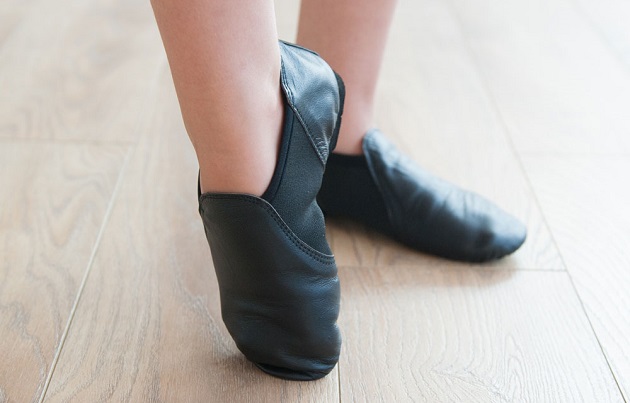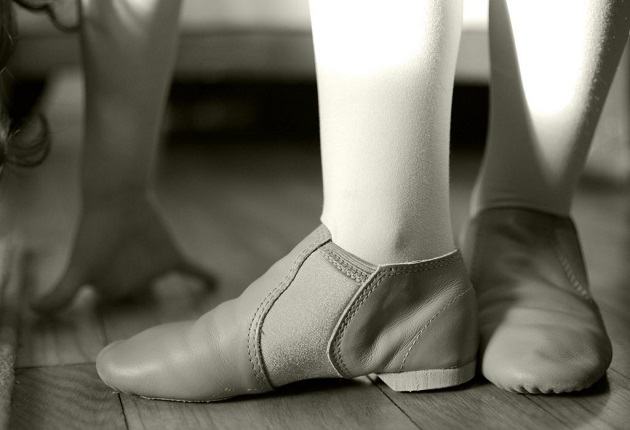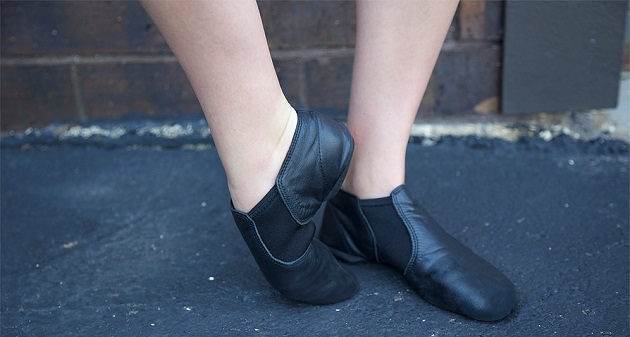Important Details to Consider When Choosing Jazz Shoes
Jazz…there is something about this music that makes hearts skip a beat! Maybe it’s the general notion of calmness it provides or the smooth, yet eloquent changes of the chords that engage our brains, or the haunting melodies that usually go gradually from relaxing to uplifting. Whatever the reason, nowadays, although this style is not living its best era (as it once used to) jazz music and dance have become quite popular among both adults and children. One clear proof of that is the fact that jazz is the most prevalent music choice you can hear at coffee shops like Starbucks, for instance.
Now, when speaking of jazz dance, beginners need to be aware of the fact that jazz dancing should be practised only with jazz shoes and nothing else. No matter how many flexible shoes are available on the market, jazz shoes are specially designed to protect the feet from injury. So, before making any rash decision, jazz dance professionals recommend taking into account some important details in order to choose the right jazz shoes.

The Different Types of Jazz Dance Shoes
Split-sole and Full-sole Shoes
Now, when talking about the shoes, the two most commonly used types in jazz dance are split-sole and full-sole jazz shoes. According to experts, the first type is extremely flexible and can help in showing the arch while allowing the foot to point with ease. Full-sole shoes, on the other hand, look like any other stage shoes. They also offer great flexibility, but when compared to split-sole shoes, the full-sole shoes seem to be more flexible.
Generally speaking, jazz dance shoes may be high-rise or low-rise (depending on one’s preferences), slip-on or lace-up (Oxfords-like). And while it all comes down to personal preference, lace-up jazz dance shoes do have one important benefit over slip-on ones, according to experienced jazz dancers. It’s the fact that lace-up shoes are amazing for those with wider feet as they can manipulate the width of the shoe in order to find the right fit.

Jazz Boots and Trainers
Except for shoes, jazz dancers can also opt for jazz boots which are great in providing good ankle support. Unlike shoes, jazz boots are available only in lace-up version.
Jazz trainers are another type of jazz footwear which is usually considered a great teaching shoe. When compared to regular types of shoes, jazz trainers are sturdier. Regarding the sole, jazz trainers usually have a split-sole which allows the foot to be pointed easily. These shoes also have a hard toe casing which allows dancers to use the pointe technique. As the name implies, jazz trainers have a bulkier design, however, they are great for enhancing certain choreographs in street, hip-hop and funk dancing.

Choosing the Right Fit
According to professionals, jazz dance shoes should fit the foot snugly, just like ballet shoes do. Too much room in the shoe can cause rubbing on the foot, while those shoes that are smaller can cause cramping and the appearance of bunions. When ordering online, experts advise measuring your feet. This can be done by placing both feet on a plain piece of paper and marking a horizontal line from the top of the longest toe to the bottom of the heel. According to experts, what should influence the decision is whether the shoes will be used for class, performance or both. When used for both, they advise choosing sturdier shoes like the ones made from leather in order to withstand wear and tear.
Choosing the Right Material
Generally speaking, the upper part of the shoes is usually made from genuine leather. However, dancers can also choose from faux leather, neoprene, canvas and elastic materials as well. Out of all types, leather shoes are the most expensive option, but also the most durable one. Except for this, leather is considered the softest, safest, most natural and breathable shoe material. If the budget is a problem, experts advise turning to canvas shoes as they are more affordable, yet breathable shoe material (in comparison to neoprene and some elastic materials). The soles of jazz shoes are usually made from rubber, however suede soles are also an option. They are great for improving the dancer’s moves/turns on vinyl flooring.



